When you think about designing a home, what’s the first thing that comes to mind?
Color palettes? Layout? Furniture?
But here’s a truth many homeowners and even designers often overlook —
Great interior design is not just seen. It’s experienced.
Welcome to the era of sensory design — where the soul of a home lies not in visuals alone, but in how it feels, smells, and sounds.
In 2025, Indian homes are moving beyond the visual.
They’re embracing multisensory design that soothes the mind, uplifts the mood, and creates emotional resonance.
🌿 Why Senses Matter in Home Design
Let’s pause for a second and reflect on your favorite place in your home.
What makes it special?
● The warm glow of sunlight through curtains?
● The soft touch of a velvet cushion?
● The smell of sandalwood after lighting incense?
● The calming hum of a fountain or a distant tanpura?
These subtle details are what root us into a space emotionally. They create belonging.
Sensory design is about shaping how your home makes you feel — through texture, sound, and scent.
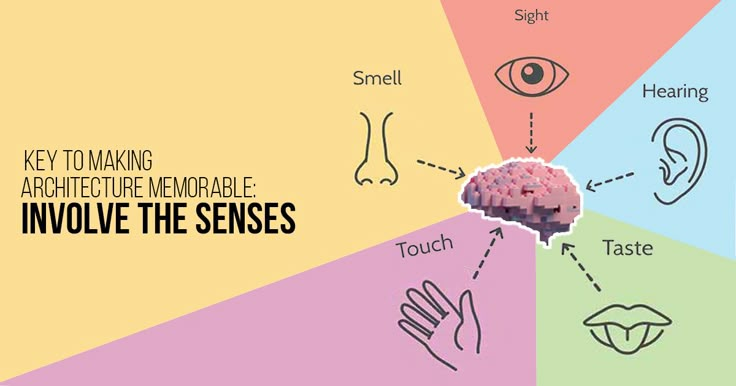
🔍 What Is Sensory Design?
Sensory design is the practice of creating interiors that engage not just the eyes, but all the senses:
● Sight – colors, lighting, patterns
● Touch – textures, fabrics, materials
● Sound – acoustics, ambient noise, nature sounds
● Scent – incense, essential oils, materials like wood or brass
● Taste – kitchen design, dining experiences
In this blog, we’ll dive deep into the three most important non-visual sensory pillars in Indian home interiors today:
→ Scent
→ Texture
→ Sound
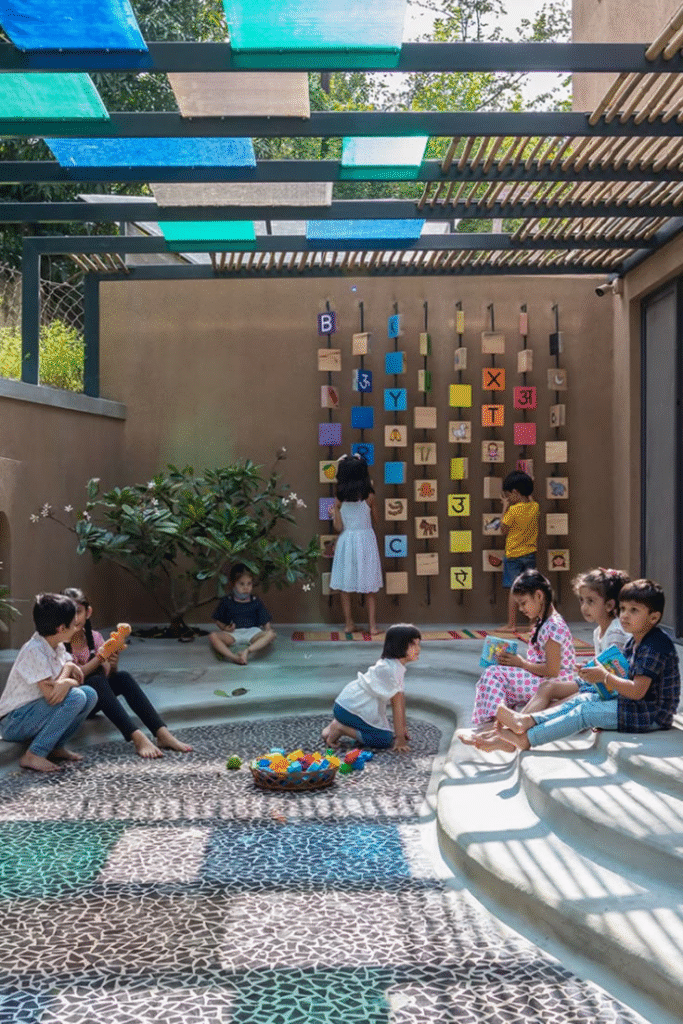
👃 Designing with Scent: The Forgotten Decor Element
Scent is often invisible in design conversations — but it’s one of the most powerful tools to influence mood.
● It can calm anxiety, increase focus, or invoke nostalgia
● It’s tied deeply to Indian rituals and identity
● It can make a room feel cleaner, warmer, or more sacred
✨ Top Scent-Based Decor Practices in Indian Homes (2025)
● Incense (Agarbatti & Dhoop):
Still a staple. Popular fragrances include sandalwood, rose, jasmine, camphor.
● Essential Oil Diffusers:
Ceramic or electric diffusers for lavender (sleep), lemongrass (energy), frankincense (meditation).
● Scented Candles:
Soy-based or beeswax candles in brass/ceramic jars — doubling as decor.
● Potpourri Bowls:
Placed in drawing rooms or washrooms for visual + olfactory appeal.
● Spiritual Oils:
Kesar, chandan, or tulsi oils used in pooja corners and entryways.
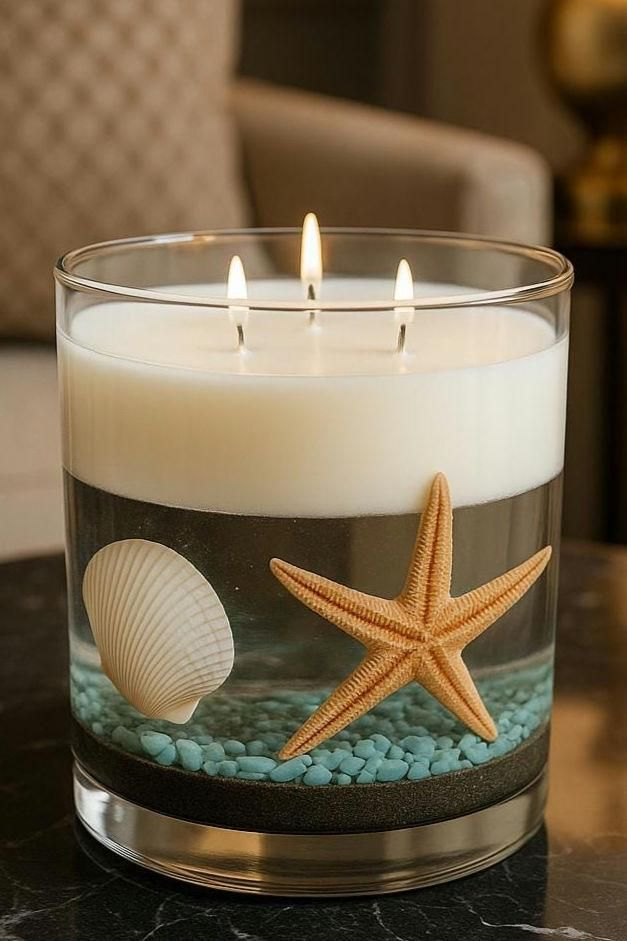
🌸 How to Add Scent Zones in Your Home
● Entrance: Camphor diffuser + urli bowl with rose petals
● Living Room: Soy candles with vetiver or mogra
● Bedroom: Lavender mist on pillows, vanilla candle
● Bathroom: Eucalyptus oil diffuser + cotton towels
● Meditation Space: Frankincense, sandalwood, myrrh
▪ Local Tip: Shops in Ambala’s Sadar Bazaar now offer handcrafted incense and oils from Uttarakhand and South India.
✋ Designing with Texture: The Soul of Touch
Texture is emotion through materials. It’s how a space feels — literally and figuratively.
Modern Indian homes are leaning heavily into tactile storytelling through:
● Natural fabrics
● Layered surfaces
● Contrasting materials
● Sensory furniture choices
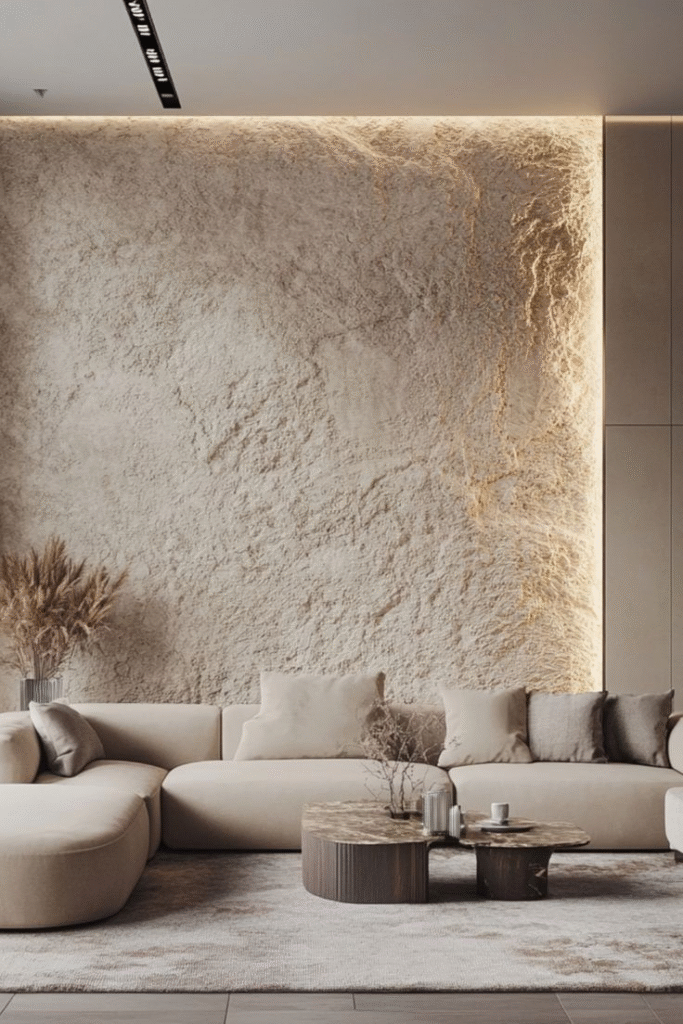
🪵 Most Loved Textures in Indian Homes Today
● Rattan & Cane: Traditional yet modern, used in chairs, dividers, and beds
● Jute & Coir: For rugs, pouffes, and blinds
● Velvet & Suede: For luxury and comfort in living rooms
● Terracotta & Stone: For walls, floors, and table accents
● Raw Wood: Coffee tables, mandirs, shelving — warm and grounding
● Handloom Fabrics: For curtains, cushion covers, bedspreads
🎨 Tactile Styling Tips by Room
● Living Room: Combine a jute rug with velvet cushions and wooden shelves
● Bedroom: Soft cotton bedsheets, handloom quilts, carved wood headboards
● Balcony: Rattan swing chair + bamboo blinds + terracotta pots
● Dining: Raw ceramic dinnerware + stone table runners
▪ Pro Tip: Don’t match everything. Contrast textures to add richness.
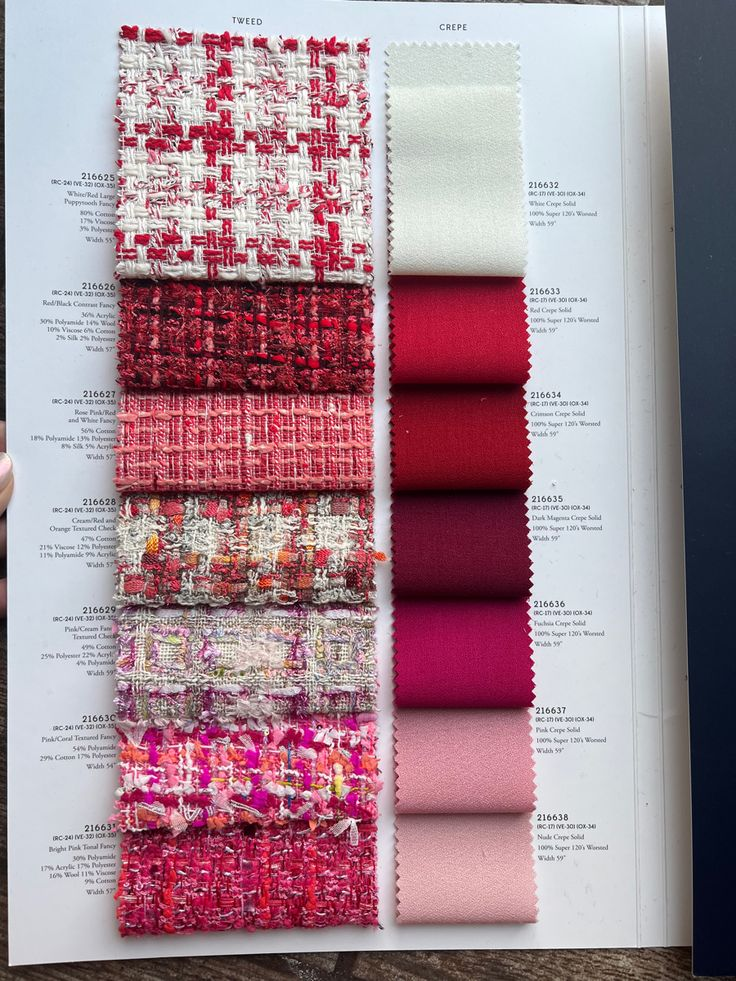
🔊 Designing with Sound: The Most Underrated Layer of Comfort
Sound is a huge part of how we experience space — yet it’s the most ignored.
A well-designed home sounds peaceful.
Indian homes, especially in cities like Ambala or Delhi, are exposed to honks, traffic, loud TVs, and construction — so intentional soundscaping is the new luxury.
🔔 Top Sound Design Strategies in 2025
● Water Fountains: Soft trickling sounds create calmness near entrances or balconies
● Wind Chimes: Brass, bamboo, or ceramic — bring flow and positive vibes
● Ambient Speakers: Soft music (flute, tanpura, lo-fi beats) during evenings
● Acoustic Panels: Stylish panels that reduce echo in large rooms
● Temple Bells: Hung at entrances or mandirs — meaningful and melodious
▪ Vastu Note: Wind chimes in the northeast zone are believed to attract harmony.

🎵 Recommended Sound Zones
● Entry Foyer: Wind chimes or soft instrumental speaker
● Living Room: Bluetooth speaker with ambient playlist
● Pooja Room: Tanpura drone or Om chants
● Bathroom: Rain sound machine for spa experience
● Kids’ Room: Soothing bedtime audio books or soft lullabies
🏠 Combining the Three Senses in One Space
The magic of design happens when all three senses — scent, texture, and sound — align.
Let’s look at example setups:
🧘♂️ Meditation Corner:
● Texture: Floor cushions in cotton, woven rug, bamboo mat
● Scent: Frankincense diffuser or camphor diya
● Sound: Soft instrumental playlist or Tibetan bowl
🛏️ Bedroom Retreat:
● Texture: Linen sheets, suede headboard, quilted throw
● Scent: Lavender candle + rose potpourri
● Sound: Ambient lo-fi beats or wind chimes outside window
🛁 Spa-Style Bathroom:
● Texture: Stone basin, terracotta planters, cotton towels
● Scent: Eucalyptus oil diffuser
● Sound: Rain shower sounds from hidden speakers
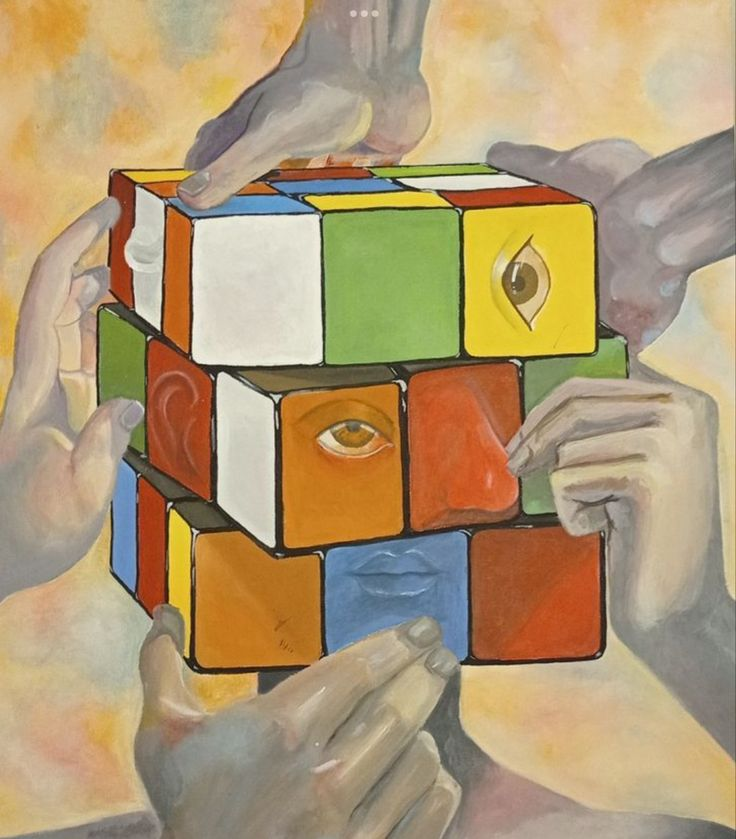
🪔 Cultural Insight: Sensory Living in Indian Tradition
India has always been a sensory-first culture:
● Aarti sounds, dhoop scents, and cool stone floors in temples
● Rangoli patterns not just for sight — but to guide energy
● Tulsi in courtyards for smell, medicine, and sacredness
● Brass utensils for sound and health
● Terracotta walls that breathe and feel earthy
Modern design is simply reinterpreting what our ancestors already knew:
Design is spiritual when it touches the senses.
📍 Sensory Design Trends in Ambala & Haryana (2025)
● Homeowners in Ambala Cantt and Model Town are incorporating water walls and minimal pooja corners
● Haryana’s clay craft markets are being used for planter + incense decor
● Popular demand for low-seating lounge areas with textured cushions and dhurries
● Entry foyers now include wind chimes + urli bowls + LED diya accents
● In Gurgaon and Karnal — luxury villas are adding invisible speakers with temple bells playlist auto-triggered at 6 am daily
▪ Fun Fact: Some homes in Ambala now even use voice-controlled oil diffusers for scent automation!
🔑 Why Designers Must Think Multisensory in 2025
Designers and homeowners alike must now go beyond paint and furniture.
Here’s why:
● Aesthetic interiors don’t always feel alive
● Sensory design adds warmth, well-being, and individuality
● It helps people destress, sleep better, feel grounded
● It creates memory-rich homes — not just model-ready spaces
💬 Client Quote
“When I walk into my home now, I don’t just see style — I feel hugged by it. That’s the difference Mishul helped me create with scent and texture-based design.”
— A client from Ambala, Sector 8
✨ Final Reflection: Design as an Emotional Journey
You deserve more than a picture-perfect home.
You deserve a sensory sanctuary that:
● Smells like peace
● Feels like safety
● Sounds like home
In a world rushing to look good, let your home feel right.
📞 Ready to Create a Multisensory Home in Ambala or Beyond?
Whether you’re in Ambala, Chandigarh, or anywhere across India, I design interiors that speak to your senses and your soul.
🪔 From pooja corners to full-house sensory layouts
🛋️ From texture styling to scent and sound zones
🎶 From peaceful bedrooms to mindful balconies
📧 Email: contact@mishulgupta.com
🌐 Website: www.mishulgupta.com
📱 Instagram: @mishulgupta.design
Let’s design what you can feel.
